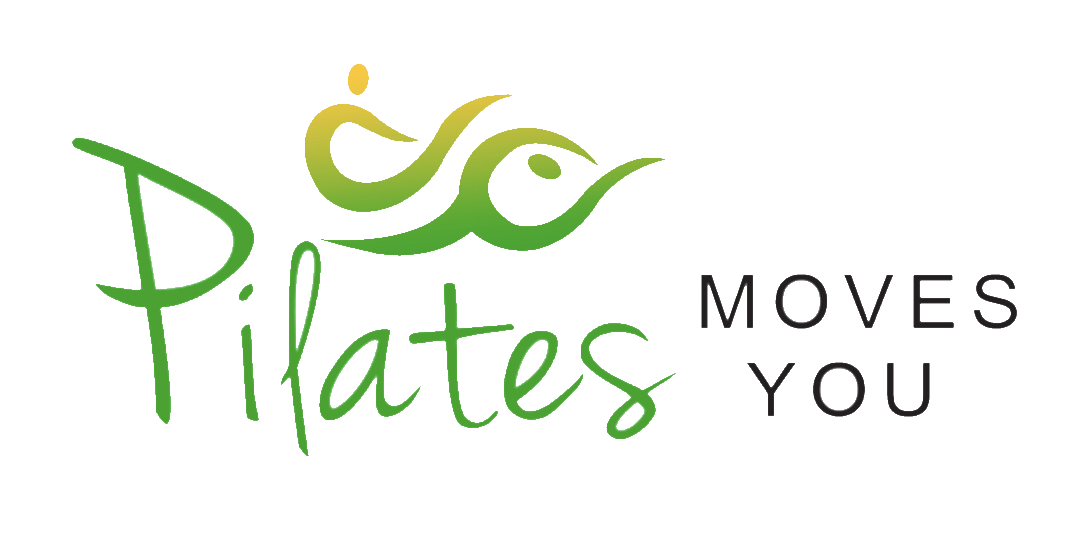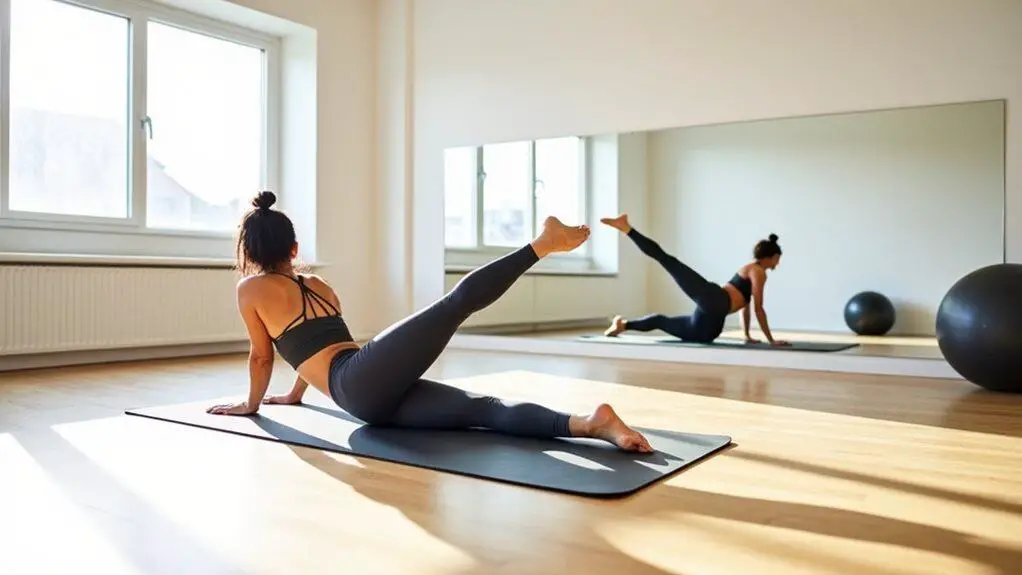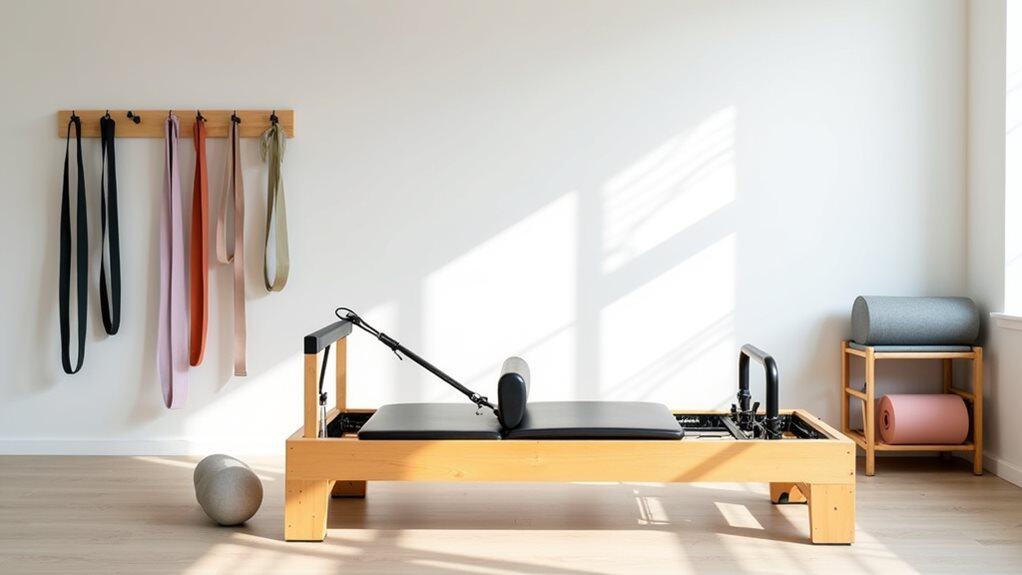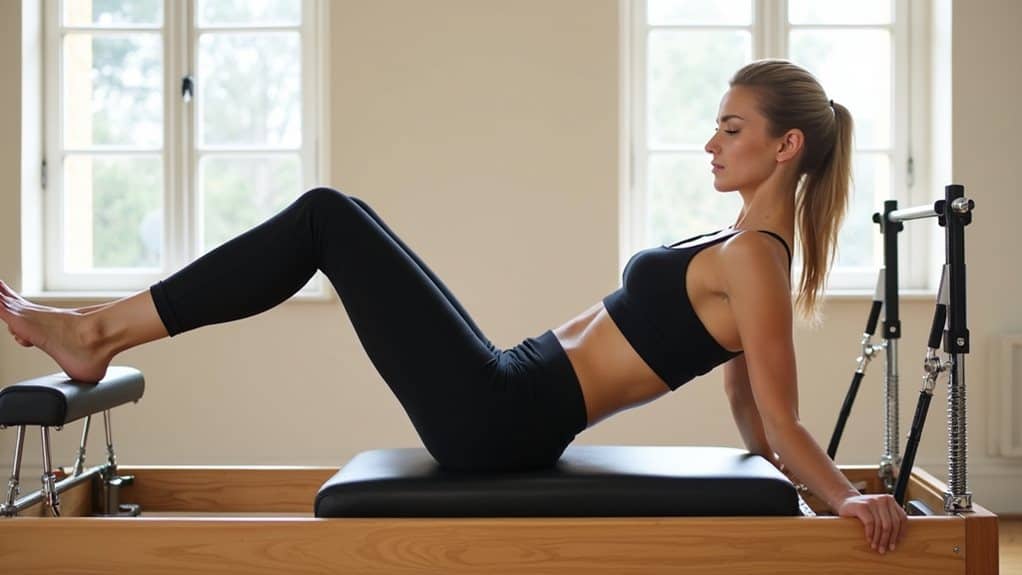In the world of sports and athletics, the quest for improved performance is a relentless pursuit. Athletes, coaches, and sports scientists constantly explore various avenues to gain that elusive edge. One intriguing aspect of this pursuit is the relationship between mobility and athletic performance. Does enhanced mobility truly lead to improved athletic prowess?
Mobility training can improve athletic performance. Improved mobility allows athletes to move more efficiently and effectively, reducing the risk of injury and enhancing overall performance. Increased range of motion in joints and muscles can lead to better technique, power, speed, and agility.
Additionally, mobility training can improve posture, stability, and balance, all of which are important for athletic performance.
If you’re an athlete looking to enhance your joint mobility and prevent injuries then look no further than Pilates.
In this article, we will explore the benefits of Pilates for athletes and how it can optimize your athletic performance.
Understanding Joint Mobility in Athletes
You’ll understand joint mobility in athletes better by learning about the different types of joints and their range of motion.
Joint mobility is of utmost importance for athletes as it directly affects their performance and overall well-being. Athletes rely on their joints to move efficiently and effectively, allowing them to perform at their best. However, common joint mobility issues can arise due to various factors such as repetitive movements, overuse, or inadequate warm-up and cool-down routines.
There are different types of joints in the human body, including hinge joints, ball-and-socket joints, and pivot joints. Each type of joint has a specific range of motion, which determines how far it can move in different directions. For example, hinge joints like the elbow and knee allow movement in one direction, while ball-and-socket joints like the hip and shoulder allow for a wider range of motion in multiple directions.
When athletes experience joint mobility issues, it can limit their ability to perform certain movements and increase the risk of injury. Pilates, a low-impact exercise method, has been found to be beneficial for improving joint mobility in athletes. It focuses on core strength, flexibility, and proper alignment, all of which contribute to enhanced joint mobility.
In the subsequent section, we will explore the benefits of Pilates for athletes, including how it can help improve joint mobility and prevent injuries.
The Benefits of Pilates for Athletes
Get ready to experience enhanced flexibility and increased range of motion with the help of this exercise method. Pilates has been shown to be beneficial for athletes in improving joint mobility and preventing injuries. Here are four key benefits of incorporating Pilates into your training routine:
- Injury Prevention: Pilates focuses on strengthening the deep stabilizing muscles around the joints, which helps to support and protect them during high-intensity activities. By improving muscle balance and alignment, Pilates can reduce the risk of common sports-related injuries.
- Improved Flexibility: Pilates exercises target both the large and small muscle groups, promoting flexibility throughout the entire body. This increased flexibility can enhance athletic performance by allowing for greater joint mobility and a wider range of motion.
- Increased Range of Motion: Pilates movements are designed to promote fluidity and freedom of movement. By improving joint mobility, athletes can achieve optimal body alignment, leading to better overall performance and reduced strain on the joints.
- Enhanced Body Awareness: Pilates emphasizes the mind-body connection, requiring athletes to focus on precise movements and proper alignment. This heightened body awareness can help athletes identify and correct imbalances or weaknesses, leading to improved performance and injury prevention.
By targeting specific joints in Pilates, athletes can further optimize their joint mobility and enhance their athletic abilities.
Targeting Specific Joints in Pilates
By targeting particular joints in Pilates, athletes can optimize their performance and prevent injuries. Pilates exercises focus on strengthening muscles and improving flexibility, which are essential for joint mobility. The controlled movements in Pilates help increase the range of motion in specific joints, allowing athletes to move more efficiently and effectively in their respective sports.
One joint that is often targeted in Pilates is the hip joint. Athletes, such as runners and soccer players, rely heavily on the hip joint for power and stability. Pilates exercises that target the hip joint include leg circles, hip bridges, and clamshells. These exercises strengthen the muscles around the hip joint, such as the glutes and hip flexors, improving their ability to generate force and maintain proper alignment.
Another joint commonly focused on in Pilates is the shoulder joint. Athletes involved in sports that require overhead movements, like tennis or swimming, can benefit greatly from shoulder joint exercises in Pilates. These exercises, such as arm circles and shoulder rolls, help strengthen the muscles around the shoulder joint, enhancing stability and reducing the risk of shoulder injuries.
Incorporating Pilates exercises that target specific joints into an athlete’s training routine can significantly improve joint mobility, leading to enhanced performance and reduced risk of injuries. Transitioning into the subsequent section about ‘Pilates exercises for joint mobility,’ athletes can further optimize their joint mobility by incorporating specific Pilates exercises into their training regimen.
Pilates Exercises for Joint Mobility
Incorporating targeted Pilates exercises can significantly enhance the mobility of specific joints, leading to improved joint flexibility. Pilates is a form of exercise that focuses on core strength, stability, and flexibility, making it an ideal choice for athletes looking to improve their joint mobility. By targeting specific joints with Pilates exercises, athletes can increase their range of motion and reduce the risk of injury.
There are several Pilates exercises that specifically target joint mobility. For example, the seated spinal twist is a great exercise for improving mobility in the spine and hips. This exercise involves sitting on the floor with your legs extended in front of you and twisting your torso to one side, then the other. Another effective exercise is the shoulder bridge, which targets the mobility of the hips and lower back. This exercise involves lying on your back with your knees bent and lifting your hips off the ground.
Incorporating these Pilates exercises into your training routine can help improve joint flexibility and enhance your overall athletic performance. By regularly practicing these exercises, you can increase your range of motion, improve your posture, and reduce the risk of injury.
So, start incorporating Pilates into your training routine and experience the benefits of improved joint mobility.
Incorporating Pilates into Your Training Routine
Start incorporating Pilates into your training routine to enhance your overall athletic performance and increase your range of motion. Pilates can be beneficial for athletes of all levels and can be easily incorporated into your existing training schedule.
Here are three ways you can incorporate Pilates into your routine:
- Pilates equipment for athletes: Utilize Pilates equipment such as the reformer, Cadillac, and Wunda chair to challenge your body in new ways. These machines provide resistance and support, enabling you to target specific muscle groups and improve your joint mobility.
- Pilates classes for athletes: Join a Pilates class specifically designed for athletes. These classes focus on exercises that improve flexibility, balance, and core strength, all of which are crucial for athletic performance. Instructors in these classes are trained to modify exercises to accommodate different fitness levels and specific sport demands.
- Pilates exercises for specific sports: Incorporate Pilates exercises that are specific to your sport. For example, if you are a runner, focus on exercises that strengthen your hip stabilizers and improve your running posture. If you are a basketball player, incorporate exercises that enhance your agility and vertical jump.
By incorporating Pilates into your training routine, you can improve your joint mobility, enhance your athletic performance, and reduce the risk of injuries.
In the next section, we will discuss how Pilates can help prevent injuries and keep you on the field or court.
Preventing Injuries with Pilates
One effective way to prevent injuries is by regularly incorporating Pilates into your training routine. Pilates is a form of exercise that focuses on improving flexibility, strength, and balance. By engaging in Pilates exercises, you can increase the range of motion in your joints and enhance your overall body awareness. This can help you avoid injuries by allowing your body to move more efficiently and effectively during athletic activities.
Pilates is particularly beneficial for athletes because it targets the core muscles, which play a crucial role in stabilizing the body and preventing injuries. By strengthening your core, you can improve your overall body alignment and reduce the risk of imbalances that can lead to injuries. Additionally, Pilates exercises often involve controlled movements and proper alignment, which can help you develop better body mechanics and reduce the strain on your joints.
Numerous studies have shown that Pilates can be an effective tool for injury prevention. These studies suggest that Pilates can be effective in treating various conditions, managing pain and disability, and preventing injuries in adults, elderly people, and athletes.
By regularly practicing Pilates, you can prevent injuries and improve flexibility, allowing you to optimize your athletic performance. The next section will explore how Pilates can further enhance your abilities and help you reach your full potential as an athlete.
Optimizing Athletic Performance with Pilates
To enhance athletic performance, Pilates can help optimize body alignment and increase overall flexibility and strength. Pilates exercises focus on improving flexibility by stretching and lengthening muscles, which can lead to better joint mobility and range of motion. By incorporating Pilates into your training routine, you can enhance your body control, allowing for more precise movements and improved coordination.
One of the key benefits of Pilates for athletes is its ability to enhance body alignment. Pilates exercises emphasize the correct alignment of the spine and pelvis, which can improve posture and reduce the risk of injury. By maintaining proper alignment during movements, athletes can optimize their performance and minimize strain on their joints.
In addition to body alignment, Pilates also helps athletes develop core strength, which is essential for stability and power. A strong core provides a solid foundation for all movements, allowing athletes to generate more power and transfer energy efficiently. This can lead to improved athletic performance in various sports, such as running, jumping, and throwing.
In conclusion, incorporating Pilates into your training routine can significantly improve your athletic performance. By improving flexibility, enhancing body control, and developing core strength, you can take your athletic performance to the next level. So, why not give Pilates a try and see the positive impact it can have on your overall performance?
Take Your Athletic Performance to the Next Level with Pilates
Why not give it a try and see how Pilates can elevate your athletic performance to the next level?
Pilates is not just a low-intensity workout for flexibility and core strength; it also offers a range of joint mobility exercises that can greatly enhance your performance as an athlete.
By incorporating Pilates into your training regimen, you can improve your overall joint mobility, which in turn allows for greater range of motion and improved athletic performance.
Here are three key benefits of Pilates for athletes:
- Injury Prevention: Pilates focuses on strengthening the stabilizer muscles around your joints, helping to prevent common sports injuries. By improving the stability of your joints, you can reduce the risk of sprains, strains, and other injuries that can sideline you from your sport.
- Increased Power and Efficiency: Pilates exercises emphasize the connection between your core and the rest of your body. This translates to improved power transfer and efficiency in your movements, allowing you to generate more force and execute your athletic skills with greater precision.
- Faster Recovery: Pilates incorporates exercises that promote active recovery and muscle regeneration. By engaging in gentle, low-impact movements, you can increase blood flow to your muscles, facilitating the removal of metabolic waste and promoting faster recovery after intense training or competition.
Incorporating Pilates into your training routine can have significant benefits for athletes. By improving joint mobility, preventing injuries, increasing power and efficiency, and promoting faster recovery, Pilates can help take your athletic performance to the next level.
Final Thoughts
By incorporating Pilates into your training routine, you can take your athletic performance to the next level.
The evidence-based benefits of Pilates for athletes are clear: improved joint mobility, increased flexibility, and enhanced overall body strength. By targeting specific joints in Pilates exercises, you can prevent injuries and optimize your athletic performance.
So don’t wait any longer – start incorporating Pilates into your training routine today and experience the transformative effects it can have on your athletic abilities.




